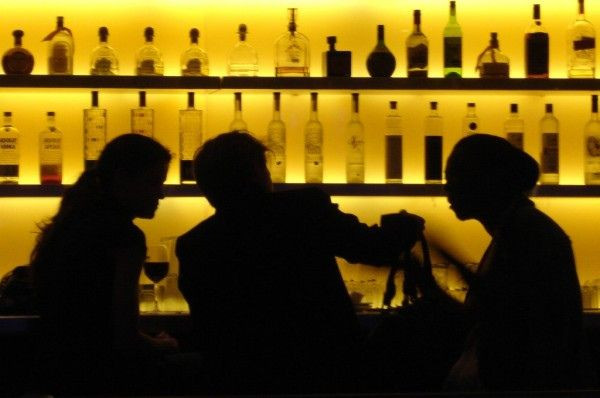Drunks May Soon Be Detected Using Thermal Cameras

What if authorities could identify whether you were drunk at first sight? With the help of thermal imaging technology that may soon be very well possible.
Researchers from the University of Patras in Greece are pioneering software that will be able to help authorities accurately distinguish how much of a drunk nuisance one may become before it happens.
According to Georgia Koukiou and Vassilis Anastassopoulos, this new software can do away with the preconceived notions based on an individual's behavior and allow authorities to have definitive evidence.
Alcohol causes dilation of blood vessels in the surface of the skin. These dilations lead to hot spots on the face that can be observed through thermal imaging scans.
Researchers devised two algorithms that can detect whether someone has consumed excessive amounts of alcohol based on infrared thermal imaging of a person's face. The first approach involves measuring the pixel values of specific points on an individual's face, which then are compared to a database of sober and intoxicated images.
The second method evaluates the thermal difference between various locations of an individual's face and their overall values. Researchers found that increased thermal illumination is commonly observed in the nose of an intoxicated individual, whereas someone's forehead will remain much cooler. This particular system relies mainly on the algorithm "understanding" the different portions of the face that are present in thermal imaging.
Both methods could be used quickly and effectively to scan individuals entering a public location or someone who attempts to purchase more alcohol. Researchers do clarify the second method does not need a thermal image of a sober individual to identify whether or not an individual has consumed alcohol.
Similar thermal imaging technology has been used to identify infected individuals with conditions such as viruses, flu or severe acute respiratory syndrome (SARS).
The findings were published in the International Journal Electronic Security and Digital Forensics.
Published by Medicaldaily.com



























